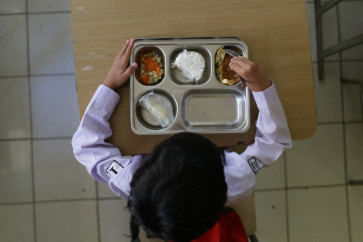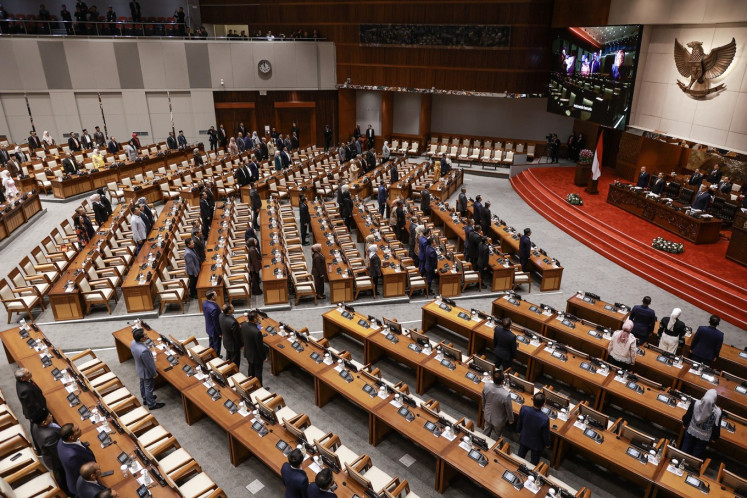Popular Reads
Top Results
Can't find what you're looking for?
View all search resultsPopular Reads
Top Results
Can't find what you're looking for?
View all search resultsYour letters: Mother tongue vs. English
Struggling with a mother tongue is now becoming an urban phenomenon in third-world countries, âUrban Chat: Mother tongue? Whose mother?â Oct
Change text size
Gift Premium Articles
to Anyone
S
truggling with a mother tongue is now becoming an urban phenomenon in third-world countries, 'Urban Chat: Mother tongue? Whose mother?' Oct. 11.
Due to globalization, English has become a gateway to the world and in the urge to keep up with this development, our mother tongue is becoming degraded. It is somewhat fashionable in upper echelons to converse in English, which is also flaunted as a status symbol.
To get their children admitted to English schools and, later, in order to keep up with the standards of the institution, English becomes the primary language spoken at home. The mother tongue takes a backseat only to be spoken with elders or hired help.
It is true that English is important, but it can be learned simultaneously with one's native language during early childhood. It is said that the sooner a new language is introduced, the quicker a child picks it up.
During the first five years of life, a child has a lot of potential and inquisitiveness to learn new things and during this period, languages can be mastered quickly. The best way to introduce a new language to children is by speaking with them. Books and television can also be used as effective tools.
The more they hear, the faster they begin to speak. Over time, however, the reluctance to learn another language increases in children. When they are older, if they are already comfortable in a certain language, they don't want the pain of learning anything new.
A language is not merely a means of communication. It is a channel that connects people of different backgrounds and unites people from the same place. The root of a language lies in its place of origin. Knowing one's mother tongue not only helps communication with kith and kin, it also teaches us about our culture and traditions.
Learning new languages widens people's perspectives and makes them more tolerant and broad-minded; it can also improve one's creativity and thinking. It is the keenness to learn that bridges the barrier between the past and the present.
Niharika Ghosh,
Purwakarta, West Java










